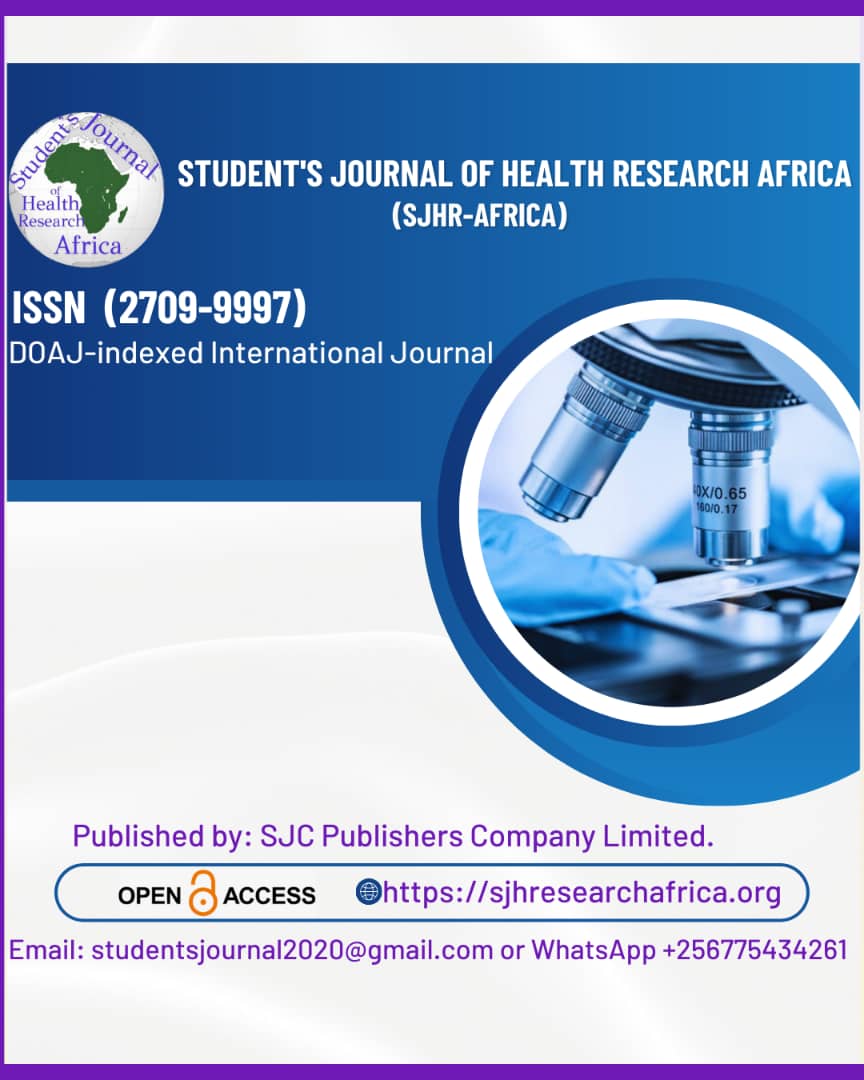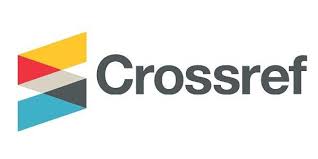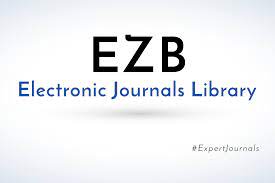ESTIMATING CONTRAST-INDUCED NEPHROPATHY RISK WITH A SIMPLIFIED SCORE: A COHORT STUDY.
DOI:
https://doi.org/10.51168/sjhrafrica.v5i6.1261Keywords:
Contrast-Induced Nephropathy, Acute Kidney Injury, Contrast Media, Risk Factors, Preventive StrategiesAbstract
Background
Patients receiving diagnostic and therapeutic procedures employing iodinated contrast media are at a high risk of developing Contrast-Induced Nephropathy (CIN), also known as contrast-induced acute kidney damage (CI-AKI). This study aimed to identify and characterize the risk factors associated with CIN in adult patients undertaking procedures or examinations requiring the intravenous administration of contrast material.
Methods
A cohort study involved 1200 adult participants undergoing procedures necessitating intravenous contrast medium (CM) administration. A rise in serum creatinine of at least 25% or 0.5 mg/dL during 48–72 hours of CM treatment was the main outcome. Mortality and the need for dialysis were secondary goals. To find risk factors for CIN, data analysis techniques included univariate and multivariate logistic regression.
Results
Of the 1200 participants, 780 (65%) were male with a mean age of 58 (±10.5). Baseline conditions included diabetes mellitus in 320 (26.7%) and chronic kidney disease (CKD) in 180 (15%). CIN occurred in 180 participants (15%), 22 (1.8%) required dialysis, and 10 (0.8%) died. Univariate analysis identified age (OR = 1.32), diabetes (OR = 2.08), CKD (OR = 3.91), hypotension (OR = 4.62), and contrast volume (OR = 1.17) as significant CIN risk factors. Multivariate analysis confirmed CKD (OR = 3.20) and hypotension (OR = 3.78) as independent predictors. The model's AUC-ROC was 0.82, indicating good discrimination.
Conclusion
This study identifies age, diabetes mellitus, CKD, hypotension, and contrast volume as significant predictors of CIN. CKD and peri-procedural hypotension are independent predictors. The developed model demonstrates good predictive ability, emphasizing the need for targeted preventive strategies.
Recommendations
To reduce CIN risk, it is crucial to screen for and manage CKD and peri-procedural hypotension in patients undergoing contrast-enhanced procedures. Adequate hydration, minimizing contrast volume, and using iso-osmolar contrast agents are recommended preventive measures.
Downloads
Published
How to Cite
Issue
Section
License
Copyright (c) 2024 Himadri Shankar

This work is licensed under a Creative Commons Attribution-NonCommercial-NoDerivatives 4.0 International License.






















